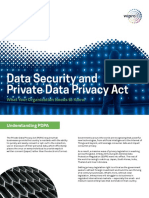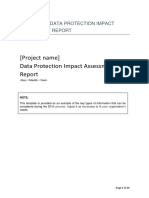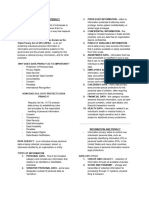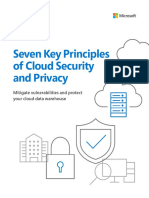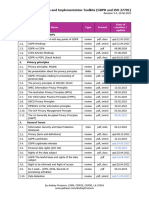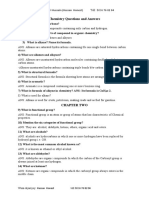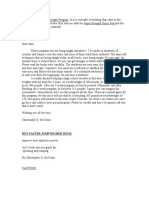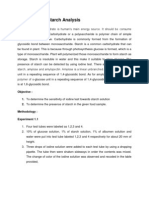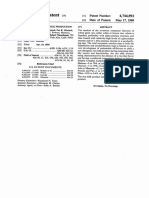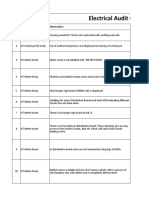0% found this document useful (0 votes)
18 views9 pagesMngrs Software Dev-Lecture Notes
The document outlines the critical role of managers in software development projects regarding compliance with the Data Privacy Act (DPA). Managers are responsible for ensuring privacy principles are integrated throughout the project lifecycle, conducting Privacy Impact Assessments, and coordinating with stakeholders to uphold data protection. It emphasizes the importance of fostering a privacy culture and maintaining compliance to avoid legal repercussions and protect user trust.
Uploaded by
krischelleann.merniloCopyright
© © All Rights Reserved
We take content rights seriously. If you suspect this is your content, claim it here.
Available Formats
Download as DOCX, PDF, TXT or read online on Scribd
0% found this document useful (0 votes)
18 views9 pagesMngrs Software Dev-Lecture Notes
The document outlines the critical role of managers in software development projects regarding compliance with the Data Privacy Act (DPA). Managers are responsible for ensuring privacy principles are integrated throughout the project lifecycle, conducting Privacy Impact Assessments, and coordinating with stakeholders to uphold data protection. It emphasizes the importance of fostering a privacy culture and maintaining compliance to avoid legal repercussions and protect user trust.
Uploaded by
krischelleann.merniloCopyright
© © All Rights Reserved
We take content rights seriously. If you suspect this is your content, claim it here.
Available Formats
Download as DOCX, PDF, TXT or read online on Scribd
/ 9










